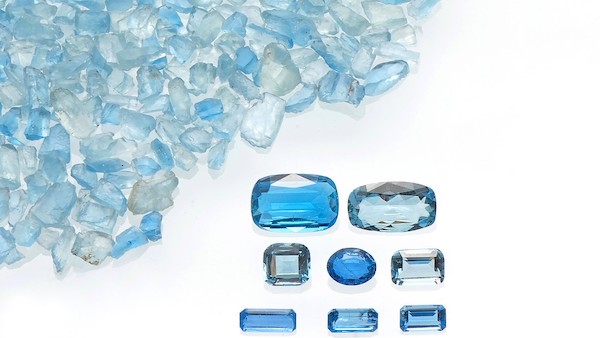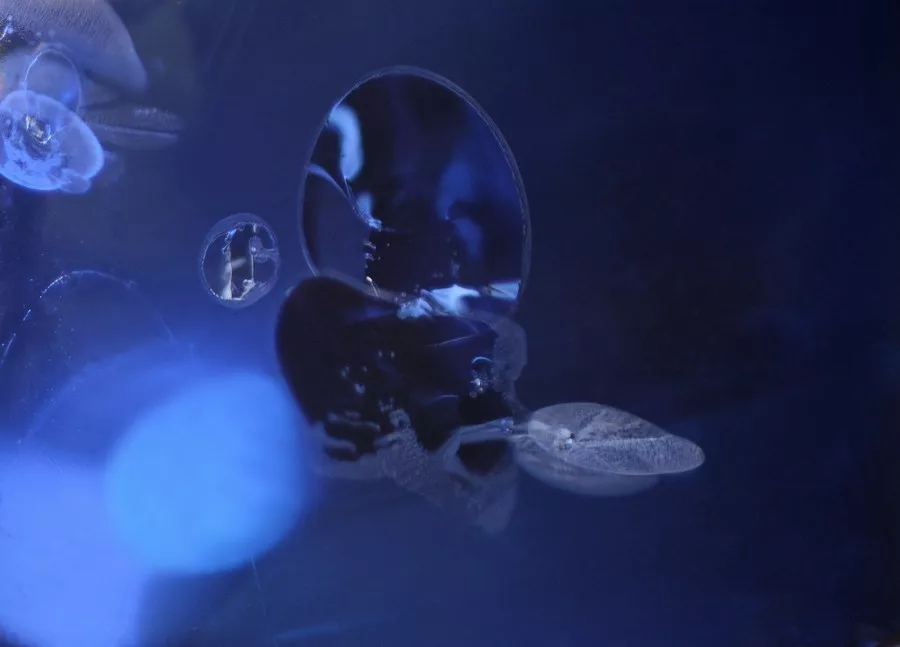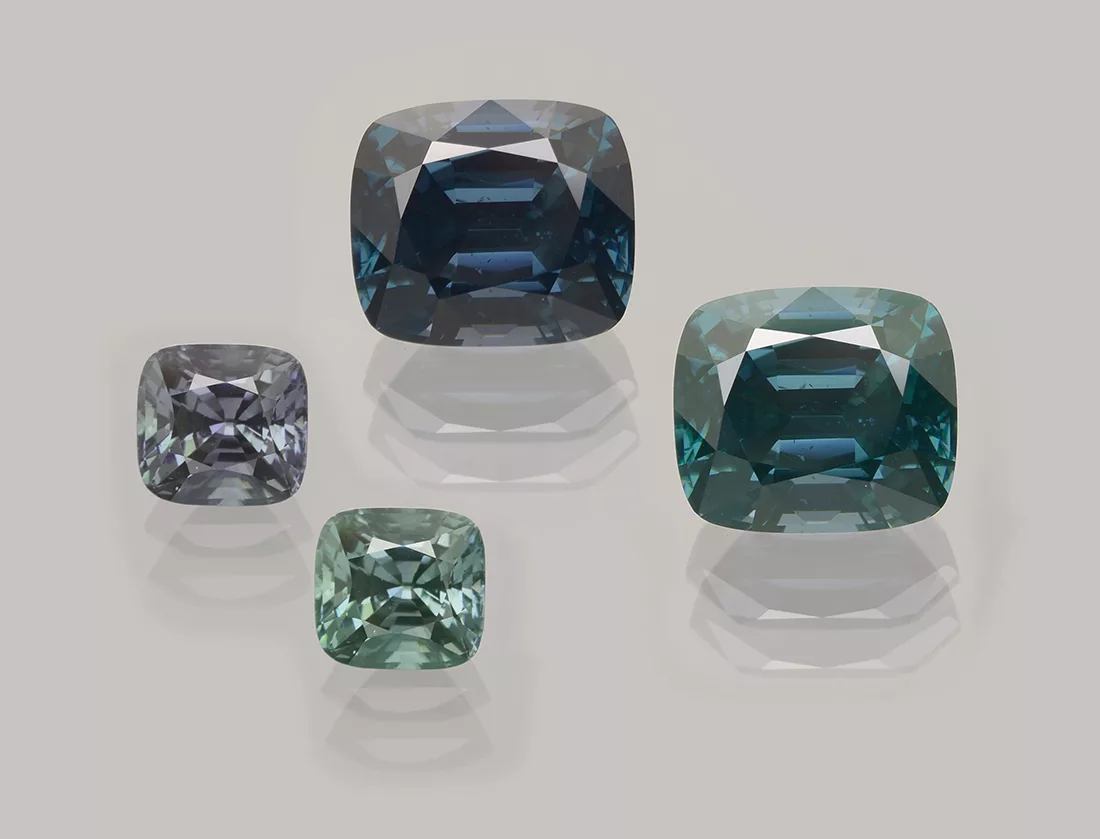
Colour-Changing Zircon
by Dr. M.S. Krzemnicki, first published in Facette 20 (January 2013)
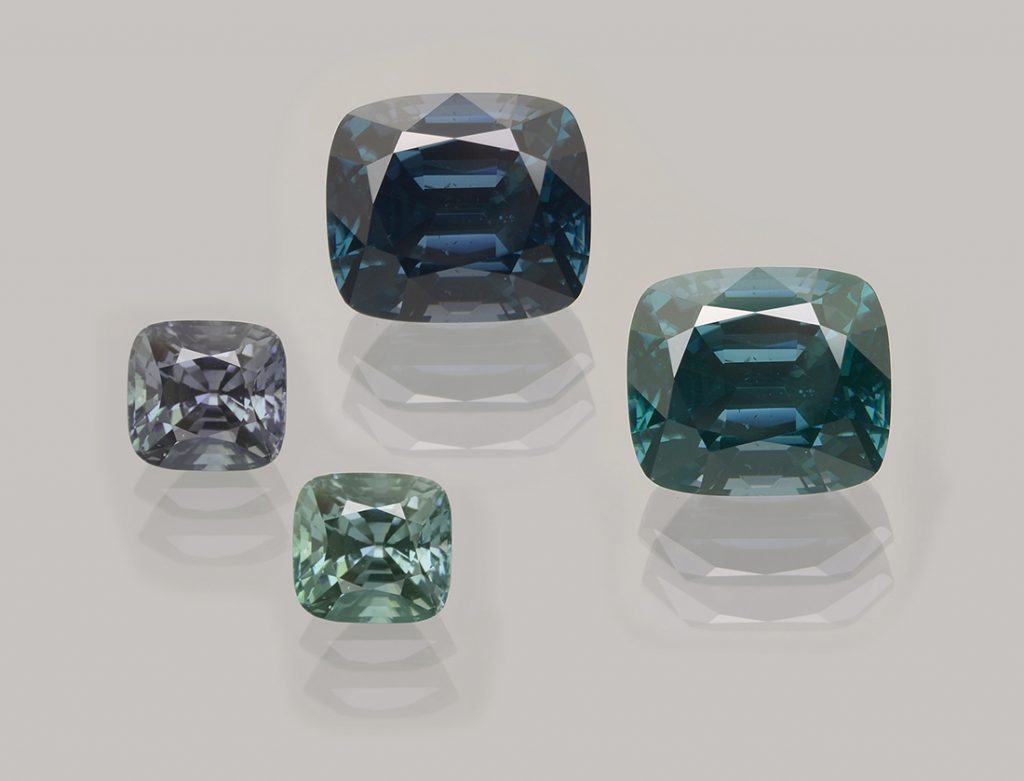
After studying and describing colour-changing bastnäsite in the 2012 Facette (Herzog 2011 & Herzog 2012), we have this year focussed research on colour-changing zircon from Burma in collaboration with Mr. O. Waldis, who kindly lent us a number of samples for this study.
Colour changing zircon from Burma is known since some years in the market, in rather small quantities. These zircons show a colour change from greyish blue to slightly purplish-blue in daylight, and green to greyish green in incandescent light. This colour change was already described by Bosshart & Balmer (2006).
UV-Vis absorption spectra and chemical analysis (ED-XRF and LAICPMS) have shown that this attractive effect is due to the presence of rare earth elements (REE). In the studied zircons, we see a distinct enrichment of cerium and heavy REEs (HREE), i.e. erbium, thulium, ytterbium and lutetium, when compared to green and blue zircons with no colour change from Tanzania and Cambodia, respectively.
Due to the complex nature of REE absorption bands, it is presently not possible to identify the bands in detail, because complex interactions with metal ions may also play an important role (Bosshart & Balmer 2006).
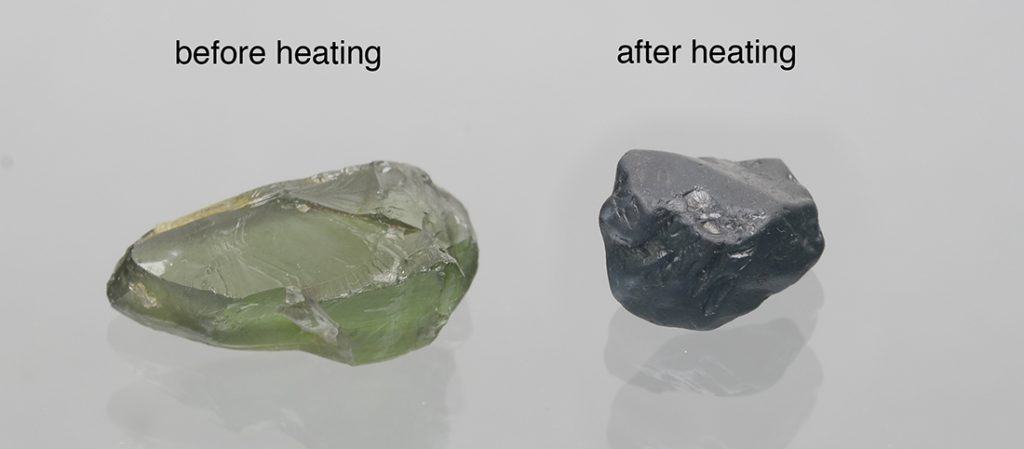
However, as could be shown with our specimens, this colour change effect is only visible after a heat treatment process, using rather unattractive brownish-green starting material. Having access to samples before and after heating, we could demonstrate the effect the oxidising heating has on the absorption spectrum and consequently results in a colour change. As further evidence of such heating, we could observe minute disc-like expansion cracks and partly dissolved inclusion features, commonly known from heat-treated stones such as corundum, chrysoberyl, and demantoid.
